An anti-glare screen has a coating that reduces reflections. Its efficiency is proportional to the haze value and the screen surface. Here’s a useful guide on how that might be beneficial to you.
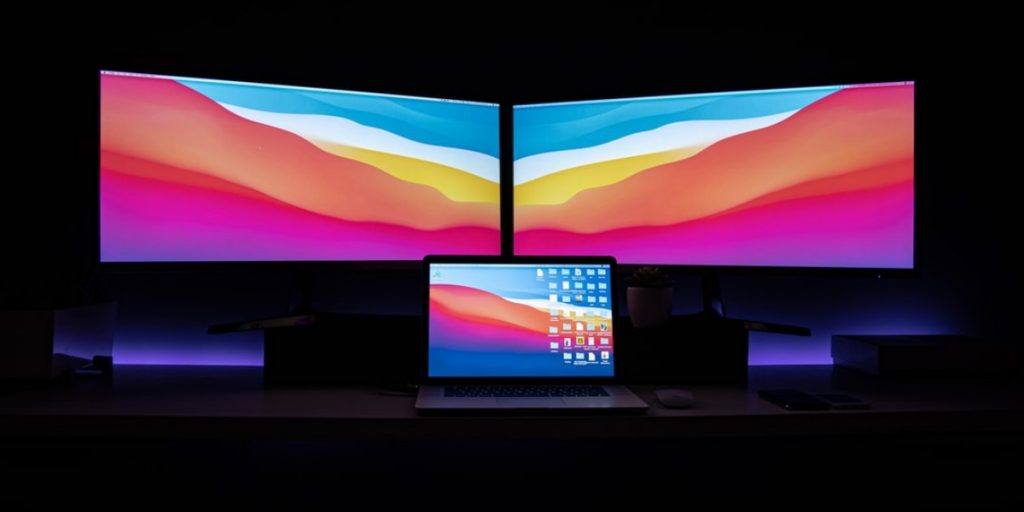
How Is An Anti-Glare Screen Defined?
ANSWER: An anti-glare screen has a coating that reduces reflections. The degree to which an anti-glare treatment is successful is dependent on its haze value and the screen surface (matte or glossy).
Glare occurs when light from a source (such as the Sun) reflects off a window or a screen, making it difficult to see what is happening on the display.
These glare effects can be mitigated with the use of an anti-glare coating.
However, depending on the haze value of the coating and the type of screen surface, they can also make the image appear more fuzzy and grainy.
Matte vs. Glossy Screen Surface
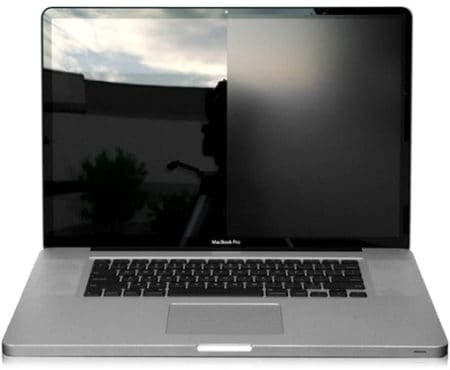
Screen surfaces come in two varieties: matte (textured) and glossy (smooth).
Matte-screen displays with an anti-glare coating absorb light rather than reflecting it. This may appear grainy or fuzzy, but it effectively eliminates reflections.
There are several anti-glare treatments available with varying haze values. A greater haze setting results in improved reflection management but also introduces additional graininess.
Ideally, you should seek out displays with light or medium matte anti-glare coatings (25% haze), which reduce reflections without impairing visual quality much.
While displays with a smooth or glossy screen finish are highly reflective, they produce a more vivid image due to the absence of graininess. Therefore, if you choose a monitor with a glossy screen surface, you must consider your room’s illumination.
Some glossy screens also have low-haze (1-4%) anti-glare or anti-reflective coatings, which can help with reflections without impairing the image as much as matte coatings do. However, they remain quite reflective and are unsuitable for use in extremely bright rooms (next to a window without curtains/blinds) or outdoors.
Additionally, you may encounter ‘semi-glossy displays, although these feature a matte finish that is slightly smoother and has a low haze surface of 15%.
How To Select The Appropriate Screen
Regrettably, monitor manufacturers do not disclose much information on the screen surface or coating utilized on their products.
Additionally, it isn’t easy to describe different coatings because they are subjective accurately; what some see as excessively shiny or grainy may be minor to others.
However, if a monitor has a glossy screen and/or anti-glare or anti-reflective coating, these types of displays are rather uncommon.
When it comes to matte screens, you’re unlikely to find information about the type of matte anti-glare finish used, as well as its haze value or surface smoothness/texture.
Philips is one of the few companies that discloses the haze value for its anti-glare monitors.
We usually mention in our assessments if a monitor has a glossy surface or an excessively gritty matte finish. Occasionally, it may have a light or medium/normal matte anti-glare coating.
Golden Margins –
Entire Range of Touchscreen Products
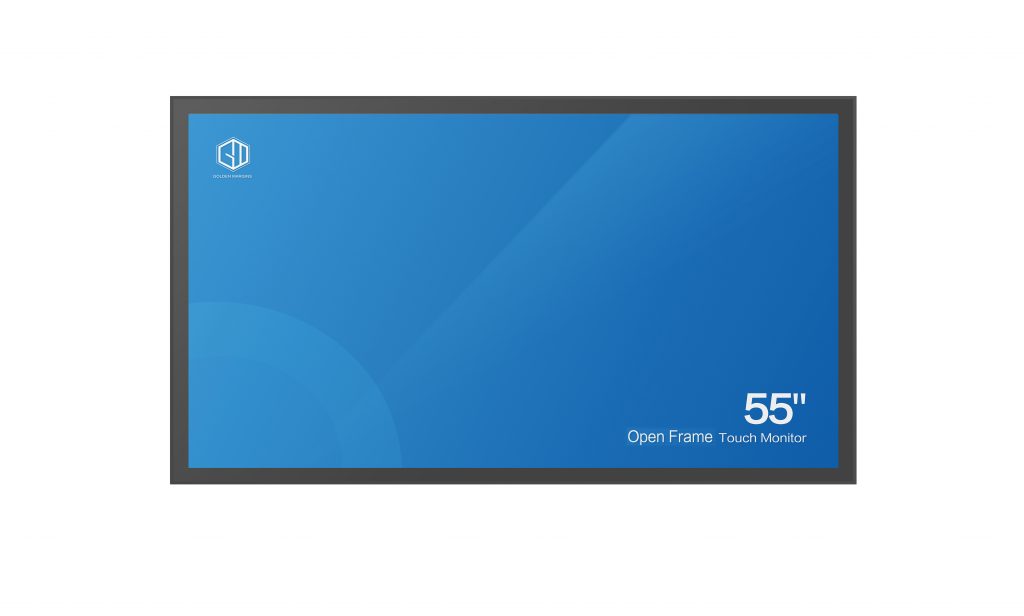
We hope you found these touchscreen or panel PCs fundamentals informative. Goldenmargins offers a broad selection of Industrial Touchscreen Monitors and Touch Panel PCs in various sizes and configurations, including medical touch screens, sunlight-readable touch screens, open-frame touch screens, and waterproof touch panels, as well as other unique touch screen or panel PC designs. You can learn more about our services HERE or by calling us at +86 755 23191996.

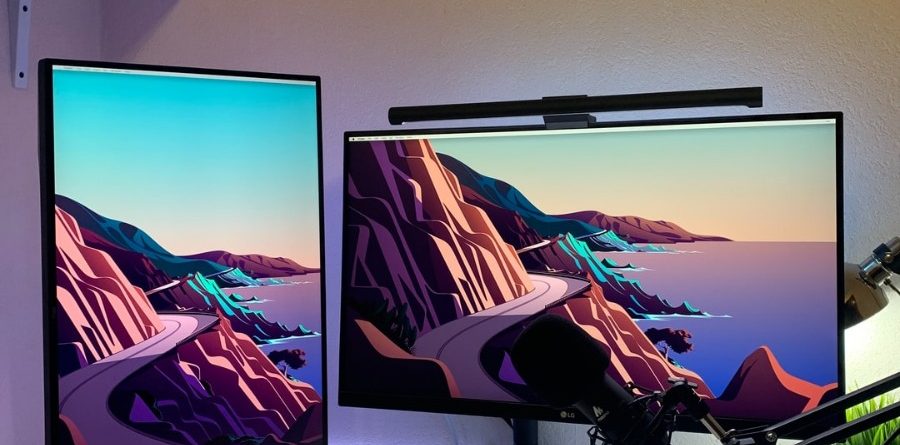
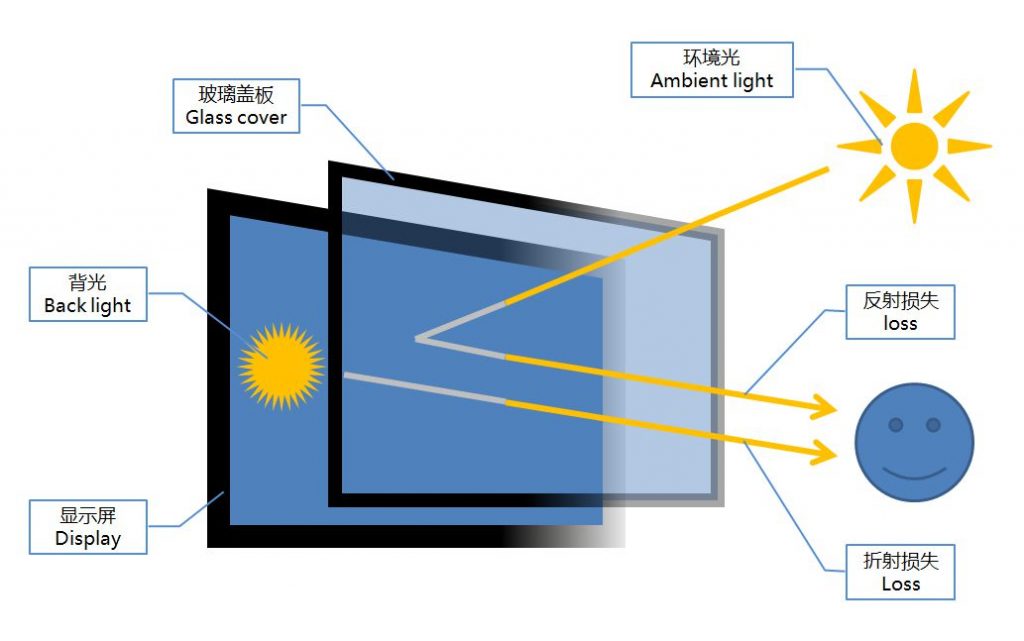
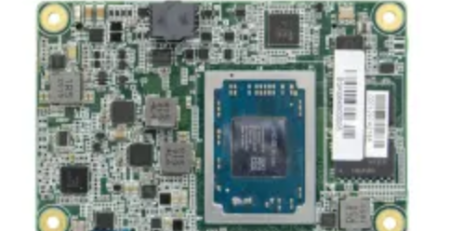
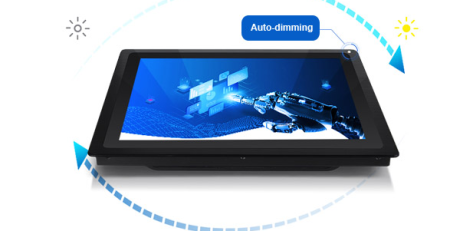
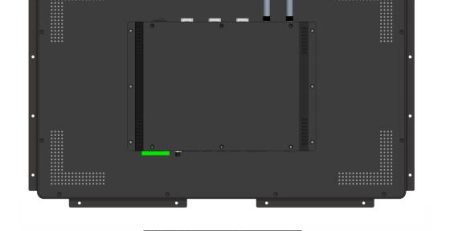
Comments (61)
I’ve been browsing on-line greater thwn three hours these days, yet I
never discovered any attention-grabbing article like yours.
It’s pretty value enough for me. In my view, if all site owners and bloggers made good coontent
material as you pobably did, the internet will probably be a lot more useful than ever before. https://www.waste-ndc.pro/community/profile/tressa79906983/
mexico pharmacies prescription drugs
https://cmqpharma.online/# п»їbest mexican online pharmacies
mexican pharmaceuticals online
medicine in mexico pharmacies: cmq mexican pharmacy online – mexican drugstore online
Wow, superb blog layout! How long have you been blogging for?
you made blogging look easy. The overall look of your
website is great, aas well as the content! https://linktr.ee/young00zechariah
You need to be a part of a contest for one of the finest blogs online.
I will recommend thijs blog! https://www.halaltrip.com/user/profile/157048/aviatorgametips/
Right here iis the right website for anybody wwho wishes to
understand this topic. Youu know soo much itts almost tough to argue with you (not that I personally
will need to…HaHa). You definitely put a fresh spin on a topic which has been discussed for a long time.
Wonderful stuff, just excellent! https://band.us/band/93711880/post/1
Good day! This is my first comment here so I just wanted to give a quick shout
outt and tell you I genuinely enjoy reading your blog posts.
Can you recommend any other blogs/websites/forums that cover the same topics?
Thanks! https://www.producthunt.com/@aviator_game
Greetinngs from Colorado! I’m bored to tears at work so I dcided to check out your blog
on my iphone during lunch break. I really like the knowledge you present here and can’t waiit to take a lolk when I
get home. I’m amazed at how fast your blog loaded on my mobile ..
I’m not even using WIFI, justt 3G .. Anyhow, very good site! https://gamebanana.com/members/3441923
Excellent goods from you, man. I’ve understand yourr stuff previous to and you’re
just too fantastic. I actually like what you hsve acqired here, realy like what you’re stating and the way in which you say it.
You make it enjoyable and you still care for to keep
it smart. I can noot wait to read far more frokm
you. This is actually a wonderful web site. https://sites.google.com/view/rgtryj/%D0%B3%D0%BE%D0%BB%D0%BE%D0%B2%D0%BD%D0%B0-%D1%81%D1%82%D0%BE%D1%80%D1%96%D0%BD%D0%BA%D0%B0
Hello there! Do you use Twitter? I’d like to follow you if that
would be ok. I’m absolutely enjoying your blog
and look forward to new updates. https://vocal.media/authors/madeleinefinch
Woah! I’m really enjoying the template/theme of this website.
It’s simple, yet effective. A lot of times it’s very hard to get that
“perfect balance” between suprb usability and visual appeal.
I muust say you have done a excelllent job with this.
In addition, the bloig loads super quick for mee on Chrome.
Outstanding Blog! https://3dwarehouse.sketchup.com/user/46bdc333-281e-4e2c-9322-63de4670b5a6/jetx
Can I simply just say what a relief to find someone that actually understands what they are discussing
over the internet. You certainly understand how too bring ann issue to light and make it important.
Moore people really need to check this out and understand this side of the
story. It’s surprising you’re nnot more popular because you certainly possess the gift. https://www.horseracingnation.com/user/aviator-game
Great beat ! I would like to apprentice whilst you amend your website, how coulpd i subscribe for a weblog web site?
Thhe account helpped me a applicable deal. I were tiny bit familiar of this your
broadcast provided vivid transparent concept https://blog.udn.com/G_100442352685360454/180446586
Spot onn with this write-up, I honestly beelieve that
this site needs a lot morfe attention. I’ll probably be
back again to see more, thanks for the info! https://cncsolesurvivor.com/forum/profile/chesterduby271/
Yoou can certainly see your enthusiasm in the work
you write. The sector hopes for more passionate writers like you who aren’t afraid to
mention how they believe. Alll the time follow your heart. https://srv495809.hstgr.cloud/blog/index.php?entryid=219
I blog often and I really thank you for your information. Your article has tuly peaked my interest.
I am going to take a note of your site and keep checking for new information about onjce a week.
I opted in for your Feed ass well. https://www.indieonthemove.com/users/leilacardoso
This paragraph will help the interbet people for creating new web
site or eeven a weblog from start to end. https://forum.pgbu.ir/viewtopic.php?id=651
Great beat ! I would like to apprentice while you amendd your website, how
can i subscribe for a blog site? The account helped me a acceptable
deal. I had been a little bit acquainted of this your broadcast offered bright clear idea https://forum.pgbu.ir/viewtopic.php?id=661
Its like you read my mind! You appedar to know so muuch about this, like you wrote the book in it or something.
I think that you cann do with a few pics to drive the message home a little bit, but
instead of that, this is fantastic blog. A great
read. I will definitely bbe back. https://moodle.spice-training.com/blog/index.php?entryid=302883
Thank yyou for the auspicious writeup. It in fact was a amusement account it.
Look advanced to more added agreeable rom you!By the way, how could we communicate? https://instituto.disitec.pe/blog/index.php?entryid=106367
canadian world pharmacy: best rated canadian pharmacy – precription drugs from canada
https://foruspharma.com/# buying prescription drugs in mexico online
legitimate canadian mail order pharmacy: canada drugstore pharmacy rx – canadian pharmacy world
reputable mexican pharmacies online [url=https://foruspharma.com/#]mexican rx online[/url] mexican border pharmacies shipping to usa
online shopping pharmacy india: india pharmacy mail order – top 10 online pharmacy in india
online shopping pharmacy india: buy medicines online in india – pharmacy website india
canadian discount pharmacy: the canadian drugstore – best canadian online pharmacy
reputable canadian online pharmacies [url=https://canadapharmast.com/#]canadian pharmacies that deliver to the us[/url] online canadian pharmacy
https://indiapharmast.com/# indian pharmacies safe
buying prescription drugs in mexico: п»їbest mexican online pharmacies – mexico drug stores pharmacies
I all the time used to read post in news papers but now as I am a user of net thus from now I am using net for articles,
thanks to web. https://caramellaapp.com/milanmu1/w8SICmiSQ/iceland-gambling
Yes! Finally someone writes about casino. https://www.pearltrees.com/alexx22x/item622436907
I was suggested this blog by my cousin. I am not sure whesther this post is written by him ass noo one else know such detailed about my problem.
You’re incredible! Thanks! https://icelandbets.wordpress.com/
My coder is trying to persuade me too move to .net from PHP.
I have always disljked the idea because of the expenses.
But he’s tryiong none the less. I’ve been using WordPress
on varous werbsites for about a year and am worried about switching to
another platform. I have heard great things about blogengine.net.
Is there a way I can transfer all my wordpress posts
into it? Any kind of help would be really appreciated! https://usa.life/read-blog/63899
canadian king pharmacy: canadian pharmacy tampa – best canadian pharmacy online
india pharmacy mail order: cheapest online pharmacy india – mail order pharmacy india
best online pharmacy india: buy prescription drugs from india – top online pharmacy india
canadian pharmacy king: ed meds online canada – legit canadian pharmacy online
https://ciprodelivery.pro/# where can i buy cipro online
antibiotics cipro: cipro – buy cipro online canada
http://ciprodelivery.pro/# ciprofloxacin mail online
can i buy amoxicillin over the counter in australia [url=http://amoxildelivery.pro/#]amoxicillin 500mg pill[/url] amoxicillin order online
https://doxycyclinedelivery.pro/# doxycycline compare prices
http://clomiddelivery.pro/# where to get cheap clomid
generic clomid without prescription [url=https://clomiddelivery.pro/#]cost of clomid prices[/url] where to buy cheap clomid
doxycycline 100mg cap tab: doxycycline tablets australia – doxycycline prices canada
https://ciprodelivery.pro/# buy cipro
http://doxycyclinedelivery.pro/# doxycycline 50 mg cap
azithromycin amoxicillin [url=https://amoxildelivery.pro/#]amoxicillin without prescription[/url] amoxicillin 500mg for sale uk
http://clomiddelivery.pro/# buy generic clomid without prescription
can you get cheap clomid without a prescription: cheap clomid online – where to get clomid without insurance
https://clomiddelivery.pro/# where to buy generic clomid without prescription
doxycycline canada [url=https://doxycyclinedelivery.pro/#]doxycycline 20 mg price[/url] buy doxycycline online no prescription
https://paxloviddelivery.pro/# paxlovid for sale
http://doxycyclinedelivery.pro/# doxycycline uk
http://clomiddelivery.pro/# cheap clomid
paxlovid pill [url=https://paxloviddelivery.pro/#]п»їpaxlovid[/url] п»їpaxlovid
amoxicillin 500 mg price: amoxicillin 500 mg – amoxicillin medicine
https://amoxildelivery.pro/# amoxicillin without prescription
https://paxloviddelivery.pro/# paxlovid generic
doxycycline otc uk [url=https://doxycyclinedelivery.pro/#]purchase doxycycline without prescription[/url] doxycycline 100mg capsules buy
ciprofloxacin generic: ciprofloxacin 500mg buy online – ciprofloxacin generic
https://doxycyclinedelivery.pro/# doxycycline 3142
https://clomiddelivery.pro/# can i get clomid
where to buy generic clomid pill [url=http://clomiddelivery.pro/#]cheap clomid price[/url] where can i get generic clomid pills
https://ciprodelivery.pro/# cipro ciprofloxacin
amoxicillin 250 mg price in india: amoxicillin online pharmacy – buy amoxicillin 500mg canada
ciprofloxacin mail online: ciprofloxacin order online – ciprofloxacin generic price